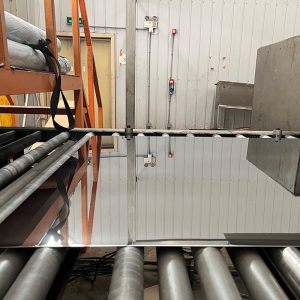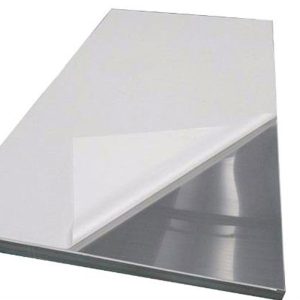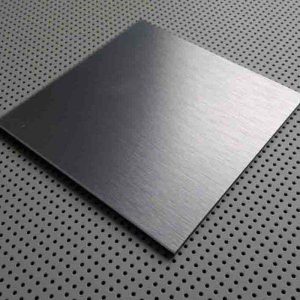Is 304 stainless steel waterproof?
08-26-2024
In the vast realm of materials engineering, stainless steel stands out as a versatile and durable alloy used across numerous industries, from culinary arts to construction and beyond. Among the many grades of stainless steel, 304 stainless steel is particularly popular due to its excellent corrosion resistance, strength, and ease of fabrication.
Understanding 304 Stainless Steel
304 stainless steel, also known as 18/8 stainless steel due to its composition of approximately 18% chromium and 8% nickel, is an austenitic steel. This means it exhibits a non-magnetic, non-corrosive, and highly ductile structure. Its chromium content forms a thin, invisible oxide film on the surface, known as the passive layer, which acts as a barrier against corrosion, including oxidation caused by water and other corrosive agents.
Waterproof vs. Water-Resistant
Before delving into the specifics of 304 stainless steel's interaction with water, it's essential to clarify the distinction between "waterproof" and "water-resistant." A material is considered waterproof if it is impervious to water penetration under normal conditions, allowing no water to pass through it. On the other hand, water-resistant materials can withstand exposure to water but may allow some penetration under certain circumstances, such as prolonged exposure or high water pressure.
The Water Resistance of 304 Stainless Steel
304 stainless steel is inherently resistant to water corrosion, thanks to its protective oxide layer. This layer effectively prevents rust and corrosion from forming on the surface, even when exposed to wet environments or even some chemical solutions. However, it's important to note that while 304 stainless steel is highly water-resistant, it is not strictly waterproof in the traditional sense.
Under extreme conditions, such as prolonged immersion in highly corrosive environments or exposure to extreme temperatures, the passive layer can be compromised, leading to localized corrosion. Additionally, physical damage to the surface, like scratches or dents, can also disrupt the protective oxide layer, making the affected areas more susceptible to corrosion.
Applications in Wet Environments
Despite not being absolutely waterproof, 304 stainless steel's exceptional water resistance makes it an ideal choice for numerous applications where water exposure is a concern. For instance, it's widely used in kitchen equipment, piping systems, marine hardware, and even outdoor architectural elements due to its ability to withstand moisture without degrading over time.
Conclusion
While 304 stainless steel is not strictly waterproof as defined by complete imperviousness to water, it is highly water-resistant and well-suited for use in wet environments. Its robust protective oxide layer effectively guards against corrosion caused by water and other corrosive agents, making it a reliable and durable material choice for a wide range of applications. With proper care and maintenance, 304 stainless steel can retain its corrosion resistance and aesthetic appeal for years to come.









